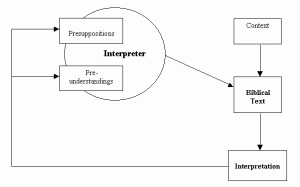If you have studied the Exodus in any depth you are aware that scholars are divided as to whether it occurred in the 15th or 13th century BC. I have argued for the earlier date, here. Here’s a the story on a fresh reading of an ancient inscription published on the Associates for Biblical Research site:
New Evidence Supporting the Early (Biblical) Date of the Exodus and Conquest: The Berlin Topographical Statue Base ReliefBryant G. Wood, PhDEvangelical scholars are divided as to when the Exodus-Conquest events took place—some say the 15th century BC, while others hold to the 13th century BC. The chronological data in the Bible, however, clearly indicates that these events transpired in the 15th century BC, the Exodus occurring in 1446 BC and the Conquest 1406–1400 BC. Now, for the first time, we have evidence from an Egyptian source which supports the earlier Biblical dating…







